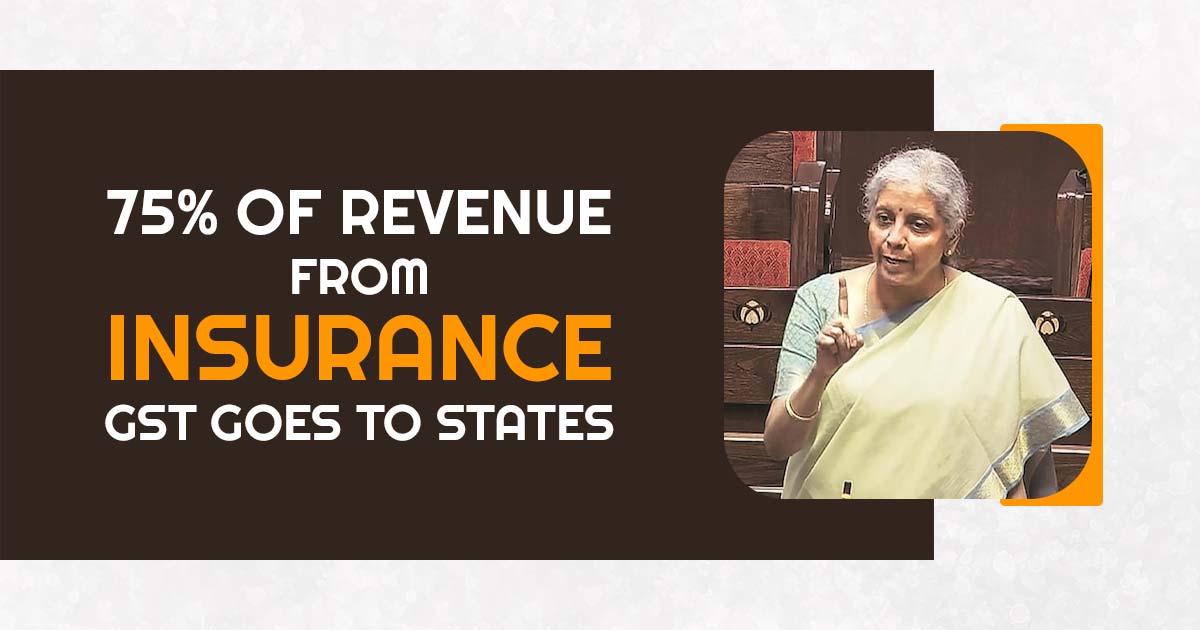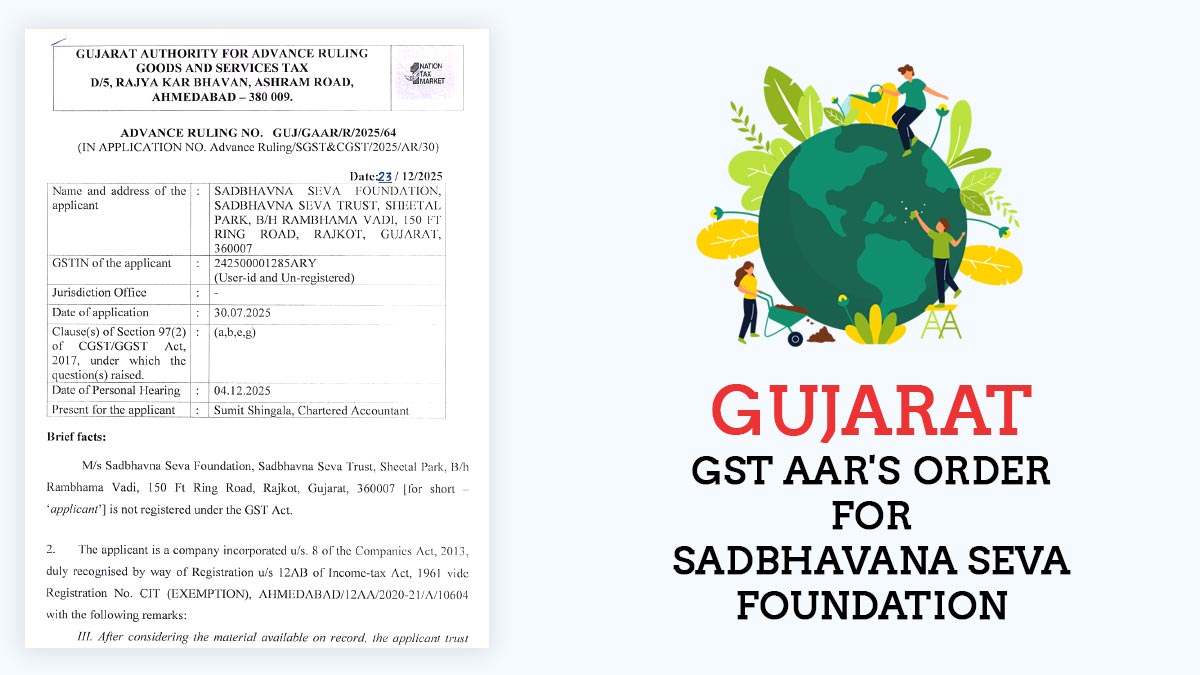
FM Explains GST Revenue SharingIn response to the Opposition’s call for eliminating GST on health and life insurance, Finance Minister Nirmala Sitharaman stated that about three-fourths of the revenue generated is transferred to the states. She suggested that those who are protesting should direct their concerns to their respective state finance ministers.
Before the start of the GST, there was already a pre-GST tax on medical insurance. It is not a new problem it was there previously in all the states. People protesting here are asked whether they discuss the elimination of the same tax in their states.
FM stated in Lok Sabha what was the first reply of the government on the problem after the recent demands to prevent the imposition of two products. The minister mentioned that the states secure two-thirds representation in the GST Council with the Centre having one-third say.
73-74% of GST on life and medical insurance collected last year, and adding up to Rs 12,264 crore, went to states, FM added.
The 18% GST comprises 9% that is collected by the Centre and an equal amount goes to the states. In addition, of the 9% central GST, 41% is transferred to the states in line with the Finance Commission’s devolution formula. Before the start of GST in July 2017, the government used to charge a 15% service tax and the GST Council, which includes states and union FM, fixed the rate at 18%.
The government, particularly the finance ministry, believes that rates and policies related to GST are a responsibility shared between the Centre and the states. The all-powerful GST Council is the deciding authority in this matter. However, officials have stated that states ruled by the Opposition tend to hold the Centre accountable for any policy decisions or rates that do not align with their preferences.
The request for removing the GST on health and life insurance arrived from the transport minister Nitin Gadkari, who sought the same on behalf of LIC’s employee union from Nagpur.









